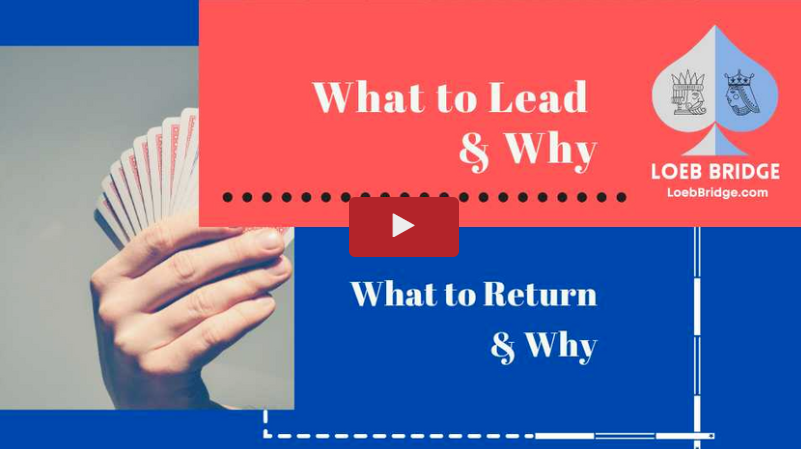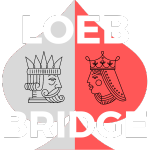 See our Opening Leads article for the standard opening lead agreements.
See our Opening Leads article for the standard opening lead agreements.
After trick one, the information you want your lead to communicate depends on whether you are returning partner's suit or shifting to a new suit.
Returning Partner's Suit
When returning the suit your partner led, you want to communicate how many cards you have in the suit. This helps partner determine how many cards declarer has in the suit. The table below summarizes the standard agreements when returning partner's suit.
| Original # of Cards in the Suit | Card to Lead Back |
| 0 or 1 | Cannot return the suit |
| 2 | Only 1 card to lead back |
| 3 | Lead back the top of your remaining doubleton |
| 4 or more | Lead back your original 4th best |
| If holding an honor sequence | Lead the top of your honor sequence |
Shifting to a New Suit
Sometimes you shift to a new suit because you want to develop tricks in the new suit. When you cannot profitably lead your suit, you will often need to shift to a new suit, hoping partner can win the trick and profitably lead your suit. To help partner recognize your intentions, we recommend playing Attitude Leads.
Sometimes leading your suit costs a trick, and you need your partner to gain the lead and lead your suit. So When shifting to a new suit, you want to communicate your level of interest.
- Lead low from a suit with an honor to suggest the suit has a future
- Lead a higher affordable card from a suit without an honor to suggest the suit doesn’t have a future
- A low card encourages continuing the suit
- A higher card discourages continuing the suit
Key Point: An attitude lead is different than an attitude signal
- An attitude signal is used in response to your partner’s lead
- An attitude lead is used when breaking a new suit after trick one
The acronym "BOSTON" is a good memory aid for attitude leads:
- Bottom Of Something
- Top Of Nothing




